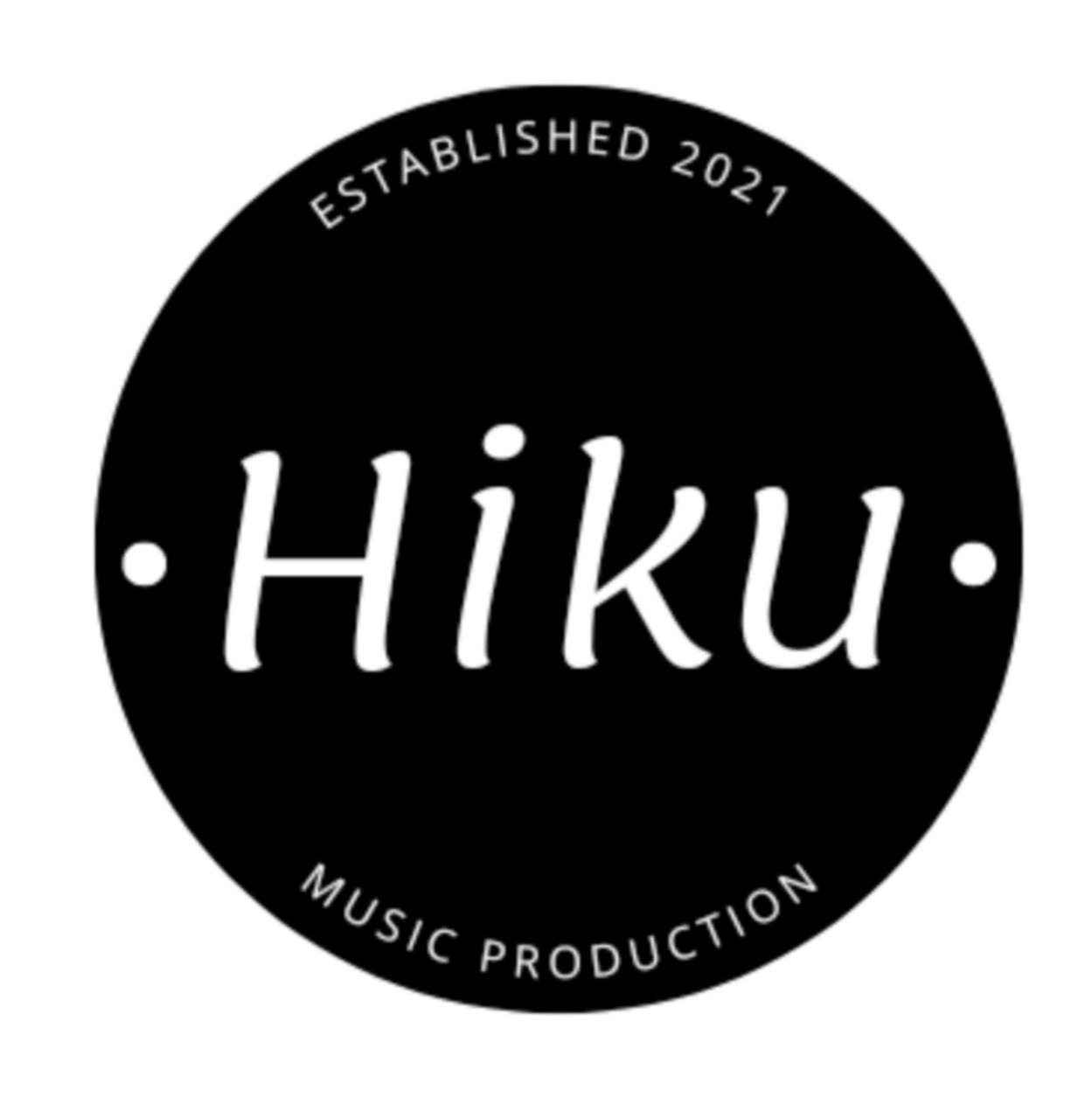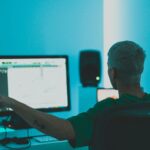
Table of Contents
3 Best Music Production Software
So, you want to start making music? which music production software
Great choice! The world of music production is a vast and exciting one, and the right software can be your key to unlocking your creativity. Let’s dive into three popular options: Ableton Live, FL Studio, and Logic Pro X.
Choosing the Right Software
Before we dive into the specifics, it’s important to choose the right software for your needs. Consider these factors:
Your budget: Some software, like FL Studio, offers flexible licensing options, while others, like Logic Pro X, are more expensive.
Your skill level: If you’re a beginner, a user-friendly interface like FL Studio might be a good starting point.
Your music style: Different software is better suited for different genres. For example, Ableton Live is popular for electronic music, while Logic Pro X is often used for recording and mixing.
A Quick Overview of Popular Software
Ableton Live:
Strengths: Known for its intuitive interface, real-time audio and MIDI processing, and powerful sequencing capabilities.
Ideal for: Electronic music, live performance, and experimental sound design.
FL Studio:
Strengths: User-friendly interface, extensive sound library, and powerful automation features.
Ideal for: Hip-hop, EDM, and pop music production.
Logic Pro X:
Strengths: Advanced audio editing and mixing capabilities, extensive sound library, and integration with other Apple software.
Ideal for: Recording, mixing, and mastering music of all genres.
Getting Started: Basic Concepts
Regardless of the software you choose, understanding these fundamental concepts will help you get started:
MIDI: A protocol for transmitting musical information between devices.
Audio: Recorded sound, such as vocals or instrument recordings.
Arrangement View: Where you sequence your music, arranging clips in a timeline.
Session View: A grid-based view for improvising and experimenting with musical ideas.
Mixer: Where you adjust levels, EQ, and effects for your tracks.
Essential Tips for Beginners
Start Small: Begin with simple projects and gradually increase complexity.
Experiment: Don’t be afraid to try new things and make mistakes.
Learn from Others: Watch tutorials, listen to music you love, and analyze how it was produced.
Practice Regularly: Consistent practice is key to improving your skills.
Have Fun: The most important thing is to enjoy the process of creating music.
Remember, music production is a journey, not a destination. So, grab your software, start experimenting, and let your creativity flow!
Would you like to dive deeper into any specific software or technique?



